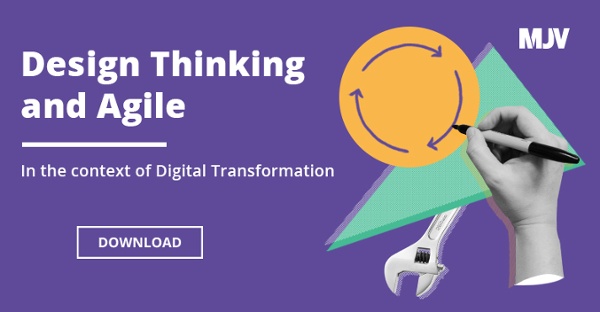How consumer profiling strategy can impact your CRM
The current competition is crushing and the coherent technology allows almost everyone to go online before finalizing a purchase, and research details about your product or service.
If you are a Director of Customer Relations you have likely spent a few hours of your day thinking about that title, right?
Gone are the days of a lenient market, with little offer and a passive clientele.
Aside from that, anyone can share with the whole world whether they were happy or not about the service provided, fueling a cycle of information that can make or break your brand.
The clients have taken the reigns of the market and defined a new golden rule of business: focus on the consumer.
Recognizing the new consumer
The rise of millennials (those born between 1980 and 2000) to the category of economically active population makes client retention an even bigger challenge.
Members of this generation are more demanding than the previous one and especially intolerant to the analogue bureaucracies that the traditional business models insist on keeping. The technological advances allow the creation of new mechanisms that optimize the user journey.
Today’s client yearns for autonomy in all stages of their relationship with the company – it’s only natural, since the technology they have access to allows self management of almost everything that surrounds them.
Many organizations have already noticed this trend and tend to offer applications through which the clients can access information relevant to the products or services acquired. Another initiative is to provide direct communication channels with the company.
The efficiency of these channels, created to straighten the bonds with the client, is one of the great challenges of CRM.
In this sense two large players in the country (one of them in the financial sector, the other in telecommunications) have made a leap forward and developed new products that allow the consumer to relate to them in an entirely digital way. This new way of thinking helps break down barriers, speed-up processes and meet consumer expectations
Your company is exposed (and clients are watching)
The obsession with sharing, which usually translates to a daily avalanche of posts about vacations, events, celebrations, has also led to the voicing of dissatisfaction with services and products that are found wanting, or inefficient customer service.
This has encouraged the creation and dissemination of blogs, websites and other channels dedicated to the evaluation of products and services. They have become independent avenues of communication with companies, leaving their strengths and weaknesses exposed.
The better known of these allows visitors to post their complaints and even attach supporting evidence. The website then sends an e-mail to the company with the details of the complaint.
Next, key aspects for the CRM and client retention strategies of any organization are monitored:
- company response time;
- if the client was well treated;
- if the issue was resolved and if the client would do business with the company again.
From this data, automated rankings are created and a large assessment of the company is generated. All these pieces of information are available on the website and many of its users rely on them to decide whether or not to follow through with a transaction when experiencing problems, or to acquire a product or service when researching.
This real-time sharing and constant search for information that influences the decision to buy a product or service means the CRM has a crucial role, not only in client retention, but also in creating new business.
How to handle this new client behavior? Using CRM
The clientele we are currently dealing with is well-informed, connected and with a high power of decision-making.
The old saying “the customer doesn’t know what he wants” has been debunked.
The consumer knows exactly what he wants, how he wants it and can share his dissatisfaction with the world when something displeases him.
The context may not seem favorable, but without a doubt there are many opportunities to explore.
However, it is worth the thought: does your company know what your clients want?
Back
